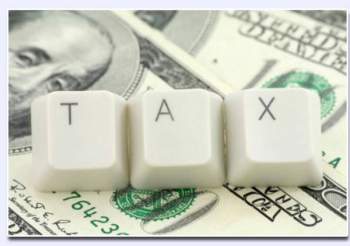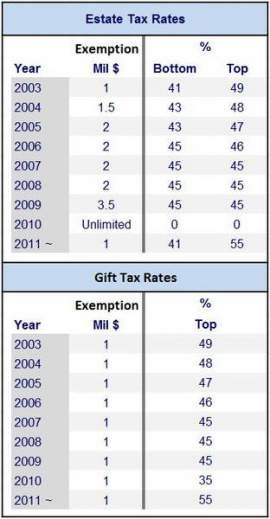
W-2 Form

Filling Out a W-2 Form
A W-2 form is an Internal Revenue Service form titled “Wage and Tax Statement.” The W-2 form is used as an information return that must be sent by an employer must to the Internal Revenue Service at the end of the calendar year. The W-2 form reports an employee's annual wages as well as the amount of taxes that are withheld from the employee’s paycheck. The form is also used to report any Federal Insurance Contributions Act taxes to the Social Security Administration.
In a W-2 form, there are three copies that get sent to different places:
• Part A is included with a the employee’s state tax return
• Part B is included with the employee’s federal tax return
• Part C is kept for the employee’s personal records
Note that anyone who is self-employed will not fill out a W-2 Form but instead use a Schedule C form (or a Schedule F form for a Farmer).
While not all the information on the W-2 form is required when filing taxes, they just help provide information on different taxes or other records. Here is some information on what the boxes on a W-2 form mean (although most are self-explanatory):
• Box A: employee control number, it makes no difference whether it is filled or not.
• Box B: employee identification number, this is not needed on the personal tax return.
• Box 1: Total taxable income: this includes wages, tips, compensation, taxable fringe benefits, bonuses, commissions, back pay, vacation pay and severance pay.
• Box 2: Federal income tax withheld, this can be found on a W-4 form.
• Box 3: Wages subject to social security tax.
• Box 4: Total social security tax withheld.
• Box 5: Total wages subject to Medicare tax.
• Box 6: Total paid on Medicare tax.
• Box 7: Amount of tips reported to employer.
• Box 8: Total in Allocated tips, this is the difference between the earned tips and the employee’s share of the 8% of restaurant’s income.
• Box 9: Advanced Earned Income Payment from the earned income credit.
• Box 10: Total dependent care benefits, such as an employer reimbursing the costs of daycare service.
• Box 11: Distribution to employee from non-governmental section 475 plan or non-qualified deferred compensation plan.
• Box 12: Monetary amount with letter code after, the letter code is explained on the back of the W-2 form.
• Box 13: A check box that indicates whether an employee is a statutory employee, meaning he or she has participated in the employer’s retirement plan or has received third party sick pay.
• Box 14: Records other employee information, e.g. health insurance premiums, union dues, and educational assistance payments.
• Boxes 15 through 20 are just used when filing a state and local tax return.



















